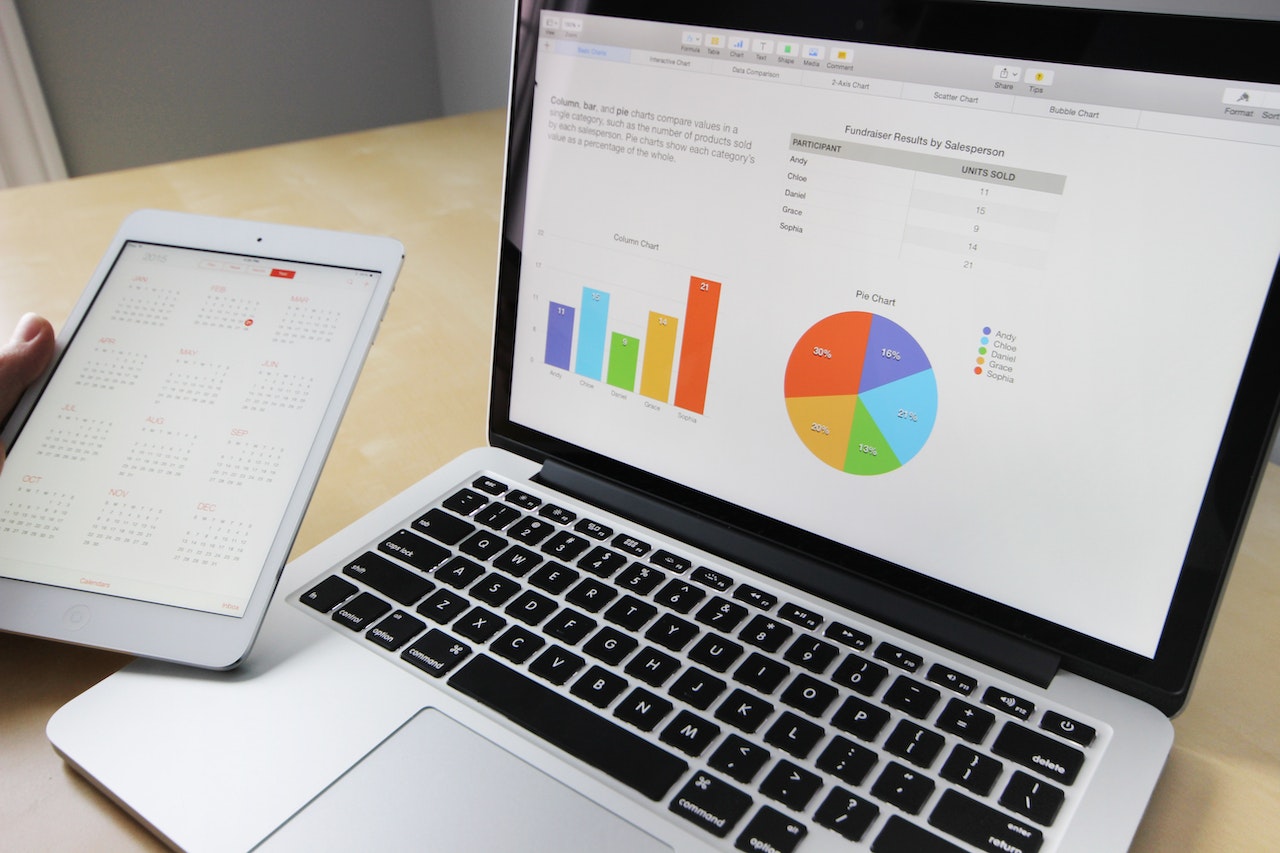Social Media Influencer Marketing: Unleashing the Power of Numbers
Introduction to Social Media Influencer Marketing Statistics
In the digital age, social media has revolutionized the way we connect, communicate, and consume information. One of the most significant outcomes of this transformation is the rise of social media influencer marketing. With millions of users flocking to platforms like Instagram, YouTube, TikTok, and Twitter. Brands have discovered an effective way to engage with their target audience through influential personalities.
This article delves into the world of social media influencer marketing, exploring key statistics that highlight its immense impact and growing popularity. From the size of the industry to the effectiveness of influencer collaborations. We’ll explore the numbers that underscore the significance of this marketing strategy.

Industry Size and Growth
1. Social media influencer marketing has become a behemoth industry in recent years. According to a report by Business Insider, the industry is estimated to be worth $13.8 billion in 2021 and is projected to reach $15 billion by 2022. These figures reflect the tremendous growth and potential that brands see in collaborating with social media influencers.
Influencer Reach and Engagement
2. One of the primary reasons brands turn to influencers is their ability to reach and engage with vast audiences. Instagram, with its visually-driven platform, has emerged as a hotbed for influencer marketing. A recent study by Influencer Marketing Hub reveals that 89% of marketers consider Instagram to be the most important platform for influencer marketing. Moreover, 67% of marketers plan to increase their influencer marketing budgets on Instagram in the coming years.
Effectiveness of Influencer Marketing
3. Influencer marketing yields tangible results for brands. According to a survey conducted by Mediakix, 89% of marketers believe that influencer marketing delivers a higher ROI than traditional marketing channels. The study also found that influencer campaigns can generate up to 11 times higher ROI compared to other forms of digital marketing.
Consumer Trust and Authenticity
4. Influencers are trusted by their followers, and this trust translates into consumer behavior. A survey by Twitter and Annalect revealed that 49% of consumers rely on influencer recommendations when making purchase decisions. Moreover, 40% of respondents said they have purchased a product after seeing it being used by an influencer on social media.
Micro-Influencers vs. Mega-Influencers
5. While mega-influencers (celebrities and high-profile personalities) can reach a vast audience, micro-influencers (individuals with smaller but highly engaged followings) have also gained prominence. According to a report by Influencer Marketing Hub, micro-influencers have 6.7 times more engagement than mega-influencers. This statistic showcases the power of authentic connections and niche audiences.
Conclusion Social Media Influencer Marketing Statistics
Social media influencer marketing has cemented its position as a vital component of modern marketing strategies. The industry’s rapid growth, coupled with the impressive engagement rates and consumer trust, underscores the effectiveness of this approach. As brands continue to harness the power of influencers, it’s essential to navigate this landscape with careful consideration, choosing the right influencers and platforms that align with their objectives. With the numbers pointing to its success, social media influencer marketing is poised to remain a key driver of brand visibility, reach, and sales in the digital era.

Unlock your online potential with the 5-day Boost Your Followers Challenge. Learn proven strategies to master social media and online influence in just 5 days!

